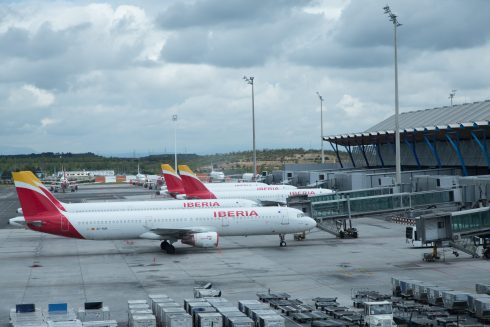SPAIN’S registered population stood at 48,085,361 people as of January 1, 2023, according to the latest census published by the National Institute of Statistics on Wednesday.
That’s an overall 1.25% rise, with 87.3% of the total having Spanish nationality and 12.7% foreigners.
The INE figures show that the upturn is mainly due to the increase in the foreign population- 10.5% more than the previous year.
Of the new 598,634 inhabitants, only 18,060 are Spanish, while 580,574 come from abroad.
The largest increases were among people from Colombia (142,391 more), Ukraine (83,401) and Venezuela (64,498)- all countries that are going through internal strife.
Moroccans however continue to be the largest foreign group in Spain (893,953), followed by Romanians (629,755) and Colombians (453,911).
Registered UK residents in Spain accounted for 284,037 people- 4.7% of all foreigners in the country and the fifth largest foreign group, but only 6,000 ahead of Venezuelans.
UK numbers fell by 7.328 over 12 months- a 2.5% drop and the second highest after Bulgarians on 2.6%.
The population has grown in all 17 of Spain’s with the exception of Extremadura, where it fell by 2,502 people.
The largest increases were in Catalunya (140,140 more), the Community of Madrid (128,649) and the Valencian Community (108,079).
In terms of place of residence, 40.1% of the population lived in municipalities with more than 100,000 inhabitants and 20% in municipalities with less than 10,000 inhabitants, while only 3% lived in municipalities with fewer than 1,000 residents.
Two of the three largest percentage rises in the main cities included two Costa Blanca resorts, namely Torrevieja(6.8%) and Benidorm(4.3%).
Splitting them in the middle was Estepona on the Costa del Sol with a 4.6% hike.










